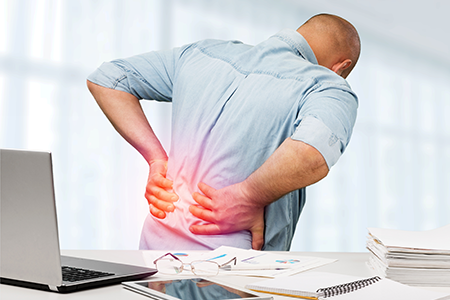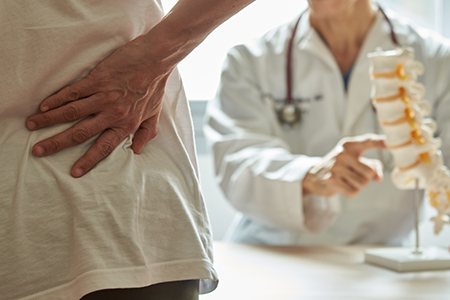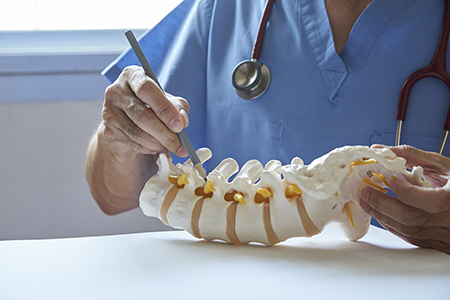Back Pain

If you suffer from occasional back pain, you’re not alone. Back pain ranks among the most common medical complaints, causing more doctor visits than nearly any other condition. Statistics reveal as many as eight out of every ten people experience back pain at some point in their lives.

A Common but Potentially Debilitating Condition
Back pain ranges from being uncomfortable and inconvenient to debilitating. It’s estimated that back pain costs Americans $50 billion each year in health care costs, and at least that much again in lost wages and productivity. When severe, back pain can stop you from participating in activities you enjoy or accomplishing daily living tasks.
The good news is that for most people, back pain will resolve on its own over a period of days or weeks. The Cleveland Clinic reports 60 percent of people suffering from lower back pain or sciatica, an inflammation of the sciatic nerve that causes pain and tenderness through the thigh and leg, will recover within one to three weeks, and 95 percent will recover within 12 weeks. While you’re experiencing a bout of back pain, however, those statistics may bring only small comfort.

Causes of Back Pain
The human back is an anatomical marvel – a structure composed of strong bones, cartilage-like pads that cushion the spinal disks, large muscles, flexible ligaments and tendons, and sensitive nerves. Those components work together to help us move, bend, stretch, and reach, and in the process, are subject to a lot of stress. When some muscles get strained, or a disk ruptures or joints get irritated, pain can result.
Back pain can occur after a traumatic injury, but factors such as poor posture or sitting or standing too much can result in pain. Other risk factors include poor physical fitness, obesity, smoking, occupational activities, pregnancy, and genetic factors.
According to the Cleveland Clinic, 98% of most back pain is caused by muscle strain, herniated disks, degenerative disk disease, osteoarthritis, and spinal stenosis.
Muscle Strain
Nearly everyone experiences occasional muscle strain caused by the overuse of specific muscles.
Herniated Disk
Also known as a slipped disk or ruptured disk. The vertebrae, or the individual, stacked bones that form the spinal column, are cushioned by intervertebral disks that contain a soft, gel-like substance. If the outer layer of a disk becomes weakened or damaged, pressure from the vertebrae above and below it can cause the gel-like substance to be released and press on nearby nerves, causing pain. A herniated disk is a common condition.
Degenerative Disk Disease
This condition occurs when the rubbery cushions between the vertebrae wear down, and the vertebrae bones begin to rub together. Nearly everyone experiences some degree of disk disease after age 40.
Osteoarthritis
Also known as degenerative joint disease. This is the most common type of arthritis, typically developing in people as they age. Osteoarthritis causes biomechanical changes within a joint, often resulting in pain.
Spinal Stenosis
This condition is a narrowing of spaces in your spine, which means there is less room available for your spinal cord and the nerves surrounding it. This can cause the spinal cord and nerves to become pinched or compressed, resulting in back pain or sciatica.
Rarely, back pain can be caused by a medical condition such as cancer of the spine; shingles; bone fractures; or an infection of the spine, bladder, or kidneys. Some researchers believe there are genetic components to back pain.

Treatment for Back Pain
The first step for treating back pain is typically a physical examination. Your provider may order an imaging scan if the pain has been persistent or has worsened significantly. Since most back pain resolves over time, conservative treatment is recommended to start. This can include:
- Avoiding certain physical activity
- Exercising
- Physical therapy
- Over-the-counter pharmaceuticals or physician-prescribed muscle relaxants
- Applying a hot compress or ice pack
If back pain is not relieved by these initial treatments, your doctor may prescribe cortisone injections. Cortisone is an anti-inflammatory drug that helps reduce inflammation around the nerves. Other treatments include visits to a chiropractor or an osteopath, acupuncture, yoga, or transcutaneous electrical nerve stimulation (TENS). In rare cases, back surgery may be required.

Preventing or Relieving Back Pain
Occasional back pain may be inevitable, but you can take steps to reduce your risk of frequent or severe pain. If you smoke, work on quitting. ConnectCare3’s Tobacco Cessation program can provide you a custom quit plan and the support you need to quit tobacco.
If you are overweight or obese, initiate a plan to lose weight and get more fit. ConnectCare3’s Chronic Disease Management & Prevention team can work with you to achieve your goals of managing your chronic back pain through lifestyle changes.
If your physician recommends that you start working with a dietitian, consider utilizing ConnectCare3’s Nutrition Education service. Our registered dietitian can work with you to identify areas of improvement and create customized meal plans based on your needs, dietary restrictions and lifestyle.
Strengthening your core is another excellent way to prevent back pain from occurring. If you are already experiencing back pain, consult a health care professional before beginning exercises, as some may not be recommended. Try to remain active, even when experiencing back pain. Resist the urge to do nothing if your back hurts, as activity tends to improve it. Practice good posture when sitting or standing, and take breaks from sitting, getting up frequently to move around and stretch.

Taking the Next Steps
Dealing with back pain, especially when it is severe, can be difficult. If your back pain becomes chronic, as it does in up to 10 percent of people who experience low back pain, it can force you to alter your daily routine and negatively affect your life. Chronic back pain often is treated with a multi-disciplinary approach that addresses physical, psychological, and socioeconomic aspects of the condition.
If you are diagnosed with a back-related condition, ConnectCare3’s Nurse Navigators can assist you. Our experienced nurses can help you navigate the system, provide education on your diagnosis, prepare you for appointments, research provider options and possible treatments available in your area.

Download the Free Resource
Access a printer-friendly version of the resource to reference later.